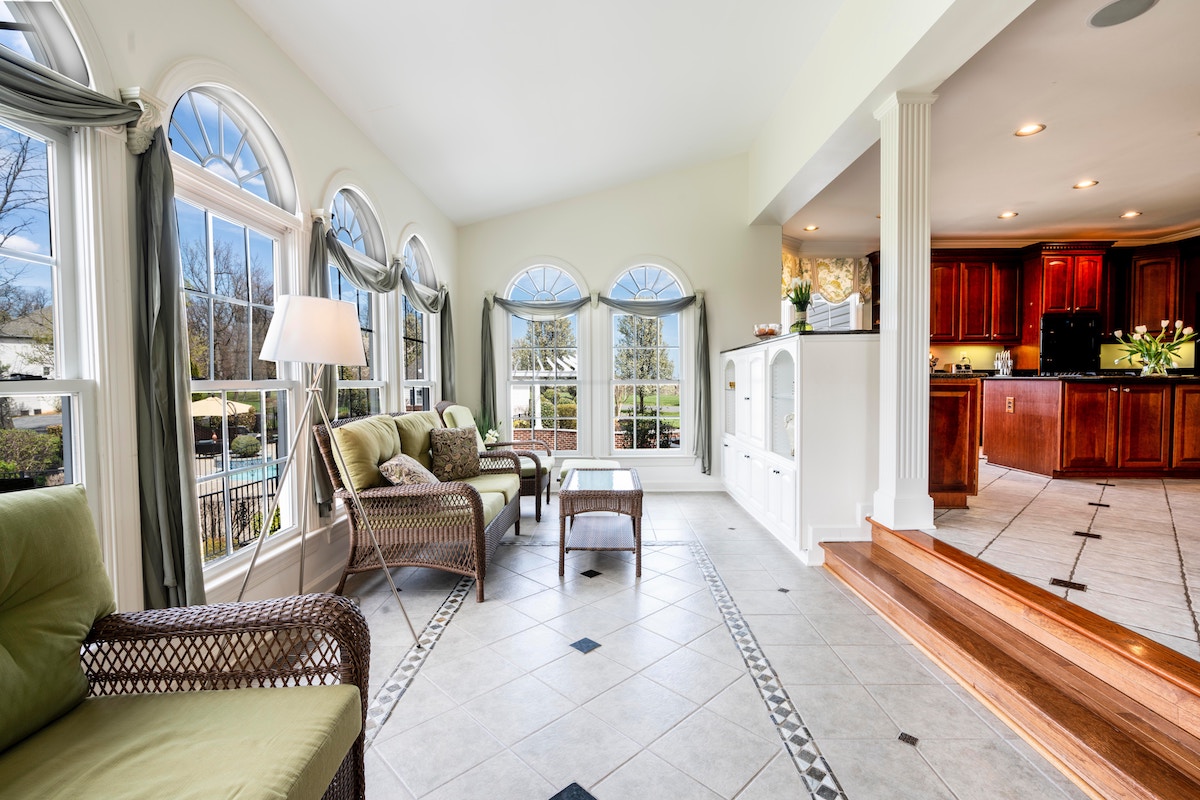STEPS TO BUY A PROPERTY
Our services cover the entire investment process, from the identification of suitable properties; find the right partners if necessary, closing of the transactions, managing the property and/or short-term rentals, and finally put it back on the market at the right moment (Buy- Rent- Renew- Sell). We listen carefully to understand exactly what your plans are for the property or bunch of properties. We then provide assistance on the investment analysis, detailing for you all the costs associated and designing and executing/exit plan. Once profitability is determined and aligned with common goals, we proceed with the legal work in the property purchase as follows:
Preliminary check on the property
We recommend asking for nota simple from the Property Registry (Registro de la Propiedad). This document will tell you if the property is free of debt, if it really belongs to the seller, and if the description of the property matches what the buyer has been told.
THE MORTGAGE: PART I
In the process of buying an existing property in Spain, the mortgage is going to take the most time, so we recommend starting the pre-work immediately. First, you go about retrieving all the documents that the bank asks for. Then they can pre-approve you, and you can safely sign the pre-agreement and pay the down payment, knowing that you can cover the money required, and be ready for the closing on the date stipulated in the pre-agreement.
The pre-agreement
Between the seller and the buyer, it’s best to have a contract in place until the public deed of purchase is ready. It’s usually a simple document in which the seller expresses their intent to transfer the property to the buyer, and the buyer expresses their intent to buy at the price and conditions agreed upon.
At this time, the buyer also gives to the seller a percentage of the agreed-upon price, typically 10%. The typical agreement in Spain (called contrato de arras) is if the buyer backs out of the contract, they lose the deposit; if the seller backs out, they have to pay double. Of course, the buyer and seller may choose another type of agreement if they prefer.
THE MORTGAGE: PART II
Once the bank has a copy of the pre-agreement, they hire an appraiser (tasador). The bank requires an appraiser to ensure that their loan to you is safe. The bank will only give you a loan equal to a determined percentage of the appraised value of the house. Note that the seller or broker need to be available so that the appraiser can get in to see the property. At the closing, you will be charged for the appraiser’s work, usually between 300-500 euros. Note that the tasador is by law a licensed architect, so even if you don’t need a mortgage, but have doubts about the structural integrity of the house, you might want to get an appraisal of the property done.
The closing
The property transfer must be certified by a notary. The deed of purchase will be given to the buyer after the notary reads it and the parties present agree to the contents of the deed. The following must then be presented: proof of identity (or power of attorney) of both parties, the seller’s title of property (a form that reports the investment to the Central Register), and the buyer’s payment. The buyer and seller sign the contract; beneath their signature, the notary signs using his firma protocolizada and the deed is ready for taxes.
After the closing
Once the closing is done, the follow-up work is to make sure the utilities are in order, taxes are paid (see Taxes below), and that your new ownership of the property has been registered (see Property Registry below). With a Spanish property in your name, you will need to file yearly income tax and property tax. Even if you have a valid will in your country of origin that includes your Spanish property, we also recommend having a Spanish will drawn up.
Taxes
For the buyer: transfer tax (impuesto de transmisiones patrimoniales) and stamp tax (impuesto de actos jurídicos documentados).
If the seller is an individual, the buyer pays a transfer tax. This tax varies between 6% and 10% of the purchase price, depending on the region of Spain. Some regions like Andalucía have a progressive transfer tax, where the percent increases based on the price. If the seller is a real estate developer and the building or land to be built on represents a first-time transfer, then the buyer pays VAT tax instead, meaning 10% for housing, 21% otherwise.
For homes, you also pay a stamp tax. The stamp tax also varies depending on the region — between 0.75% and 1.5%.
For the seller: a local tax called the plusvalia (sometimes it is agreed that the buyer pays this tax).
With a copy of the deed in hand, the seller must go to the City Hall (or wherever local taxes are paid). After filling out the form, the seller will receive in the mail a notice of how much they have to pay. This amount is calculated based on the number of years the property was held, and on the property’s valor catastral. Be aware that each town has a different procedure regarding payment of this plusvalia. It’s best to ask at the notary’s office about this payment.
Property Registry
You must register your deed at the local office. This guarantees that your ownership rights to the property are fully protected. (Some small towns don’t have an office, some big cities have many — check the original deed of the seller to find out which office corresponds to you). You will be charged a standard fee (about .4% of the first 6010 euros, going down to .02% for over 6,010,121 euros).


 Español
Español Chino simplificado
Chino simplificado Ruso
Ruso Inglés
Inglés